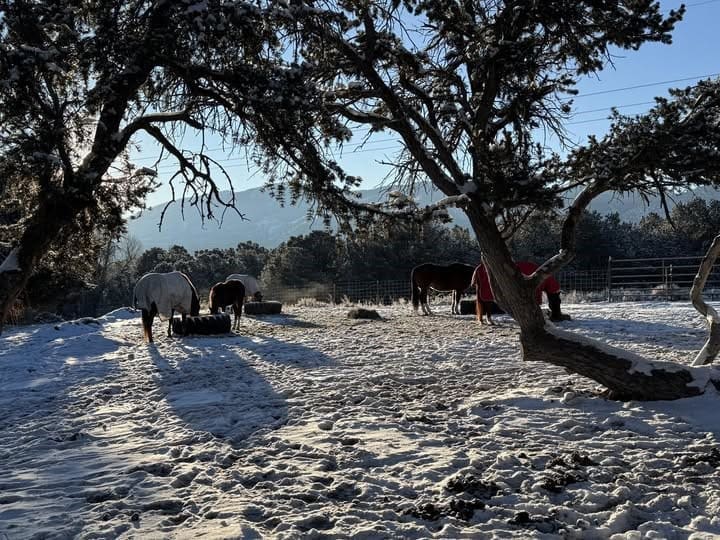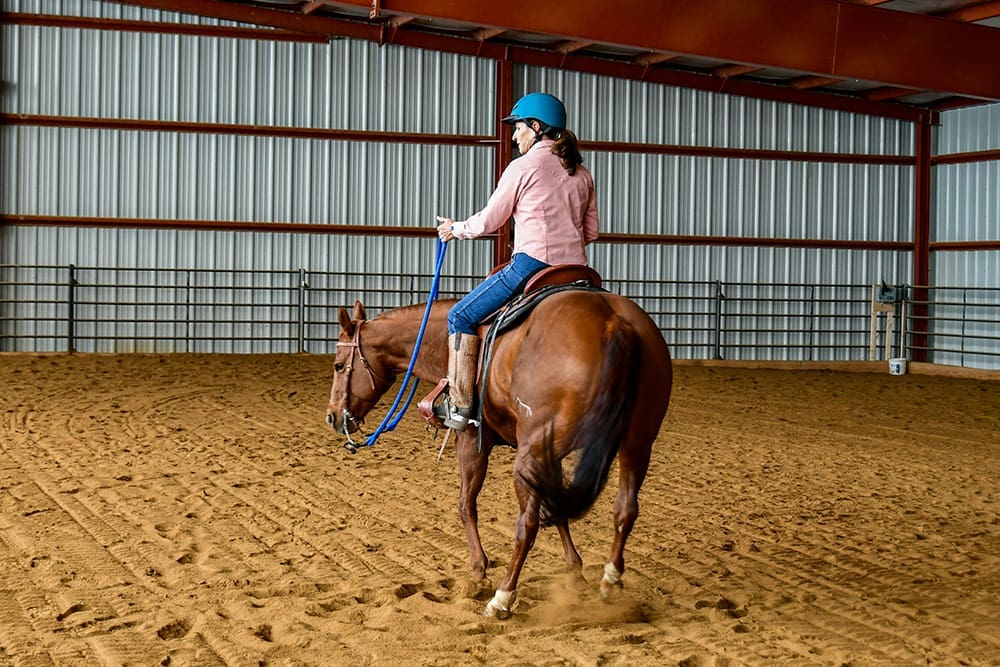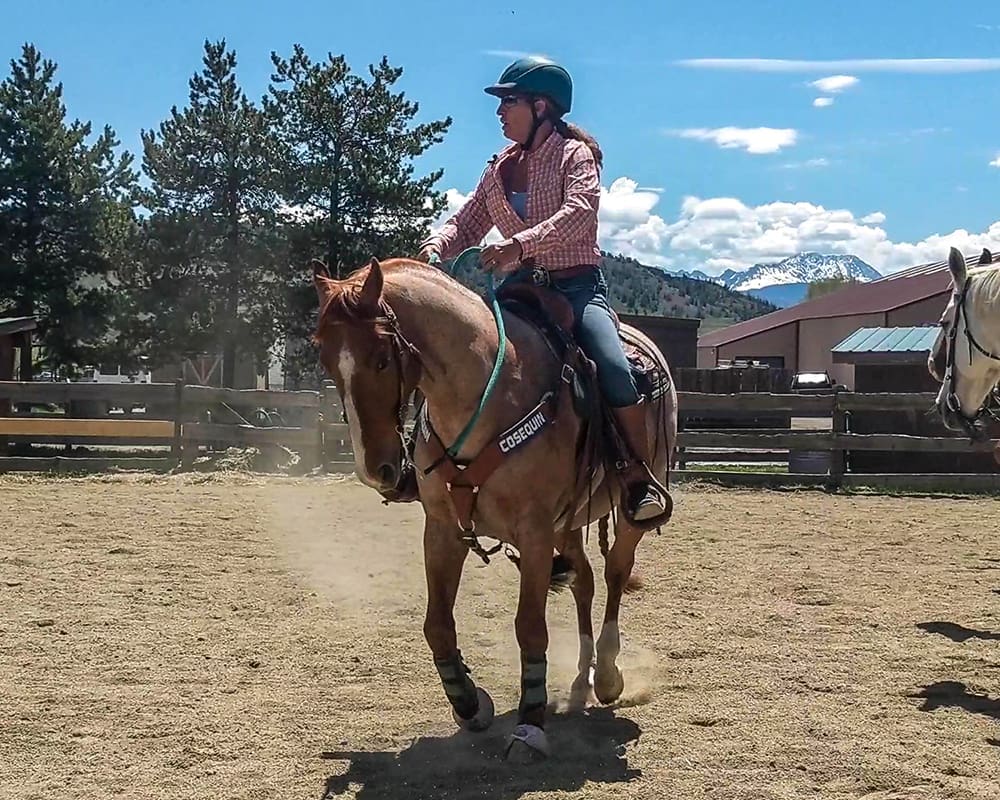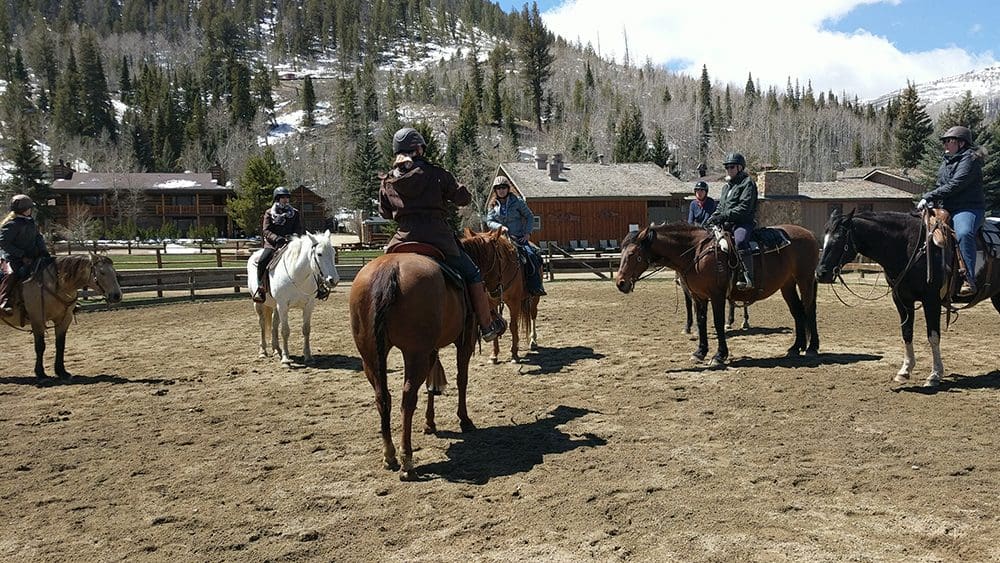Good Day!
Last night I dreamt all night about bits. It was a pleasant journey through my subconscious. After exploring all the different Myler bits this week and talking more about new ones to try on various horses, I guess my mind was just full of it. In a good way.
There’s been a lot of discussion lately that all bits are bad and that if you really want to be kind to your horse, you’d go bitless. Have you been in on a similar discussion? While I agree that there are many horses that work just fine in a bitless situation, I think it is overly simplistic to say horses shouldn’t use bits.
To me, there’s one really important fact. Bits don’t hurt horses, people’s hands hurt horses. There’s a concept dating back thousands of years (about 3500 years ago) that’s attributed to Xenophon, who wrote the oldest complete book of horsemanship (there are older pieces but they are only partial documents). He said that the harshest bit in the world can be soft in a horse’s mouth when in the right hands and the mildest bit can be very harsh in the wrong hands.
Having said that, I think that there are many bad bits that shouldn’t be used at all. There are some bits that I wouldn’t use but could envision a use or a horse I might try it on. And then there are the bits that I love that horses work great in. Through the years I’ve learned that there are few people involved with horses that know much about bits or even how and why the horse responds (or not). Worse yet, there are people out there that are flat out wrong about what they think about bits.
The most common example I can think of is the Tom Thumb bit. It’s a classic Western bit that many people refer to as a snaffle—showing a level of ignorance about the difference between a snaffle and curb bit. There are only two types of bits—direct pressure (snaffle) and leverage (curb). People think because the Tom Thumb is single jointed that it is a snaffle and therefore mild—and they are incorrect on both accounts. There’s an article in my training library about the Tom Thumb misconceptions but the point is that when it comes to bits, most people are not only ignorant but often what they think they know or what they have been told—sometimes even by a trainer— is flat bass-ackwards.
When a horse is struggling with the bit, there are two fundamental considerations to make, which are overlooked by most people. First, how does the bit fit the horse? Secondly, how are the rider’s hands contributing to this problem? The amazing thing about the Myler bit system is that it is born of decades of hands-on research and innovative design features (like shaping the bit to the horse’s mouth—what a concept!) which are all about making the horse comfortable with the bit. It is a passion and mission of the Myler brothers to help as many horses as possible be comfortable and relaxed in the mouth.
The Mylers have inspired me to join their mission. I have decided to take a collection of bits with me on the road—to clinics and expos—to see if I can help more horses and riders. It’ll be my own private research project.
And now, I am headed out to the arena to ride my horse on this beautiful fall day. I hope you have time to do the same this weekend!
Julie



